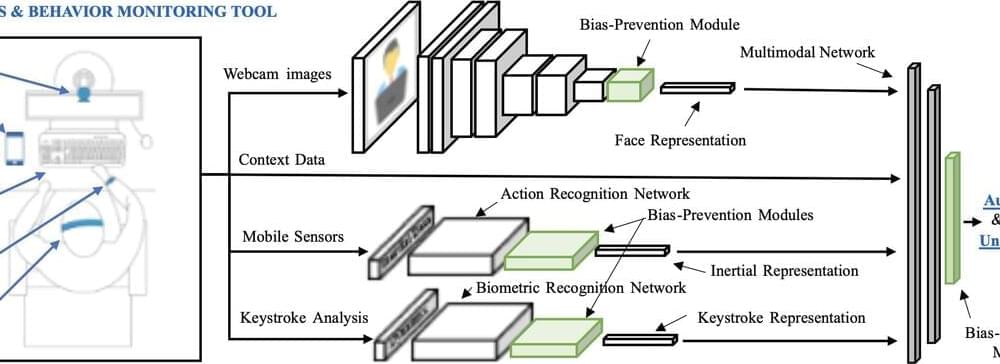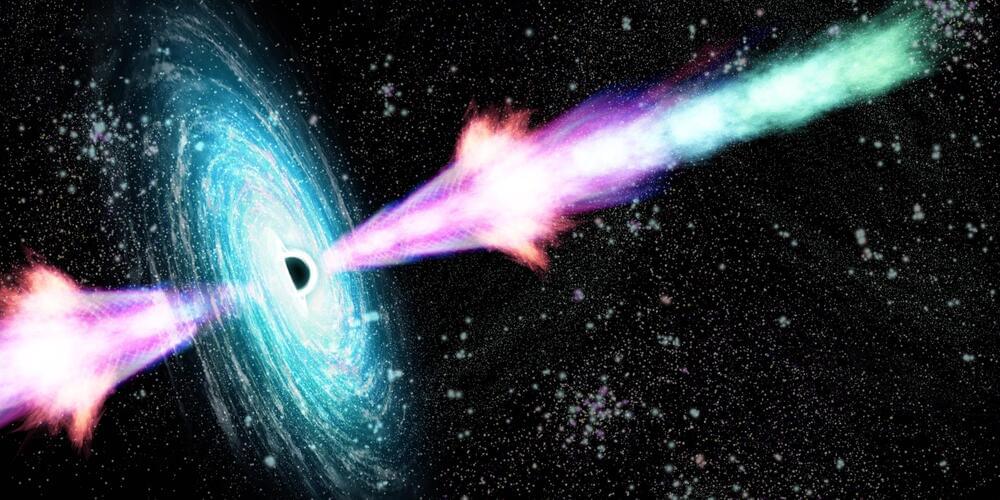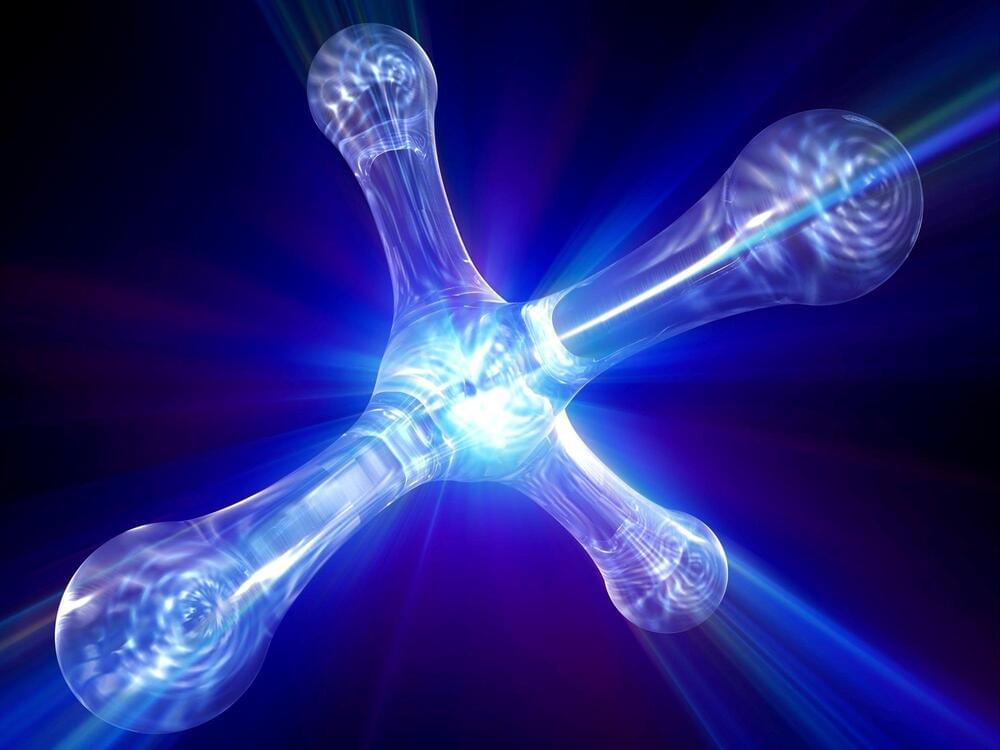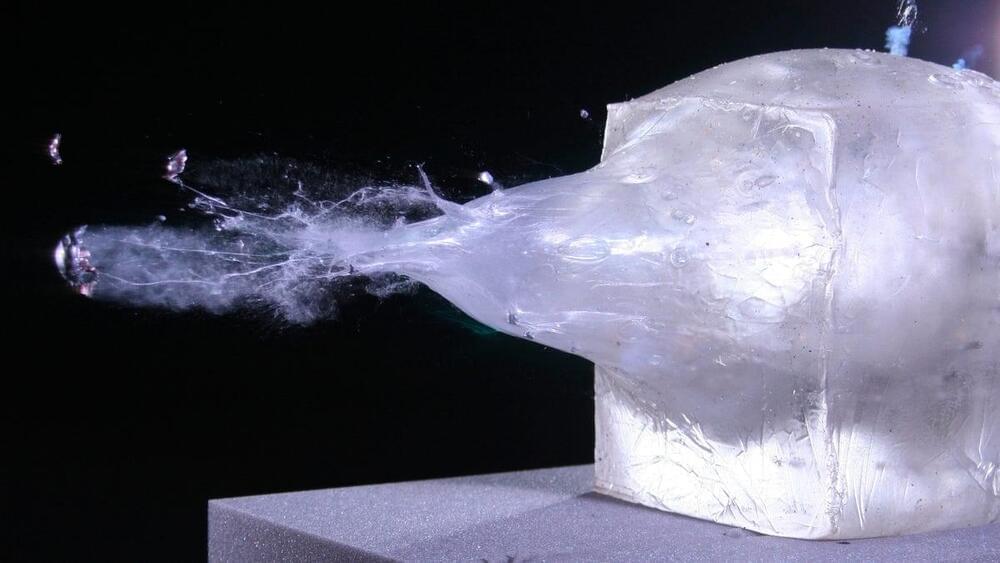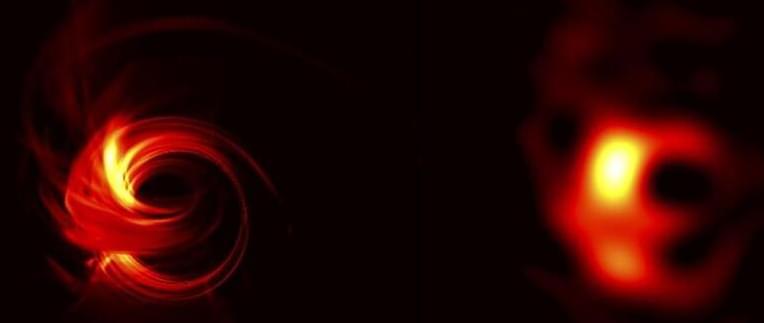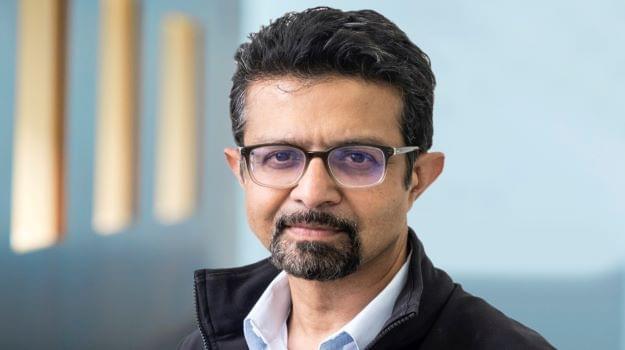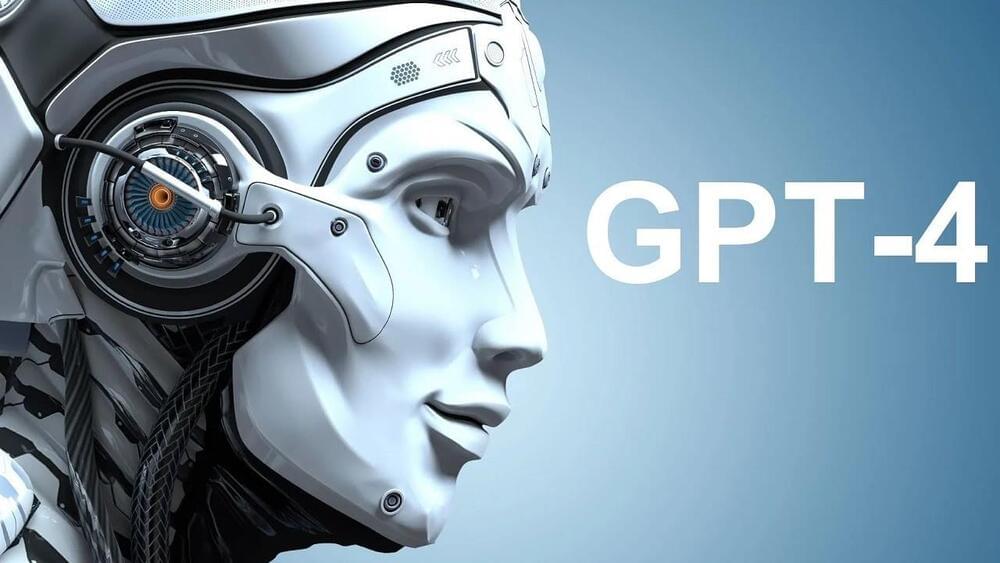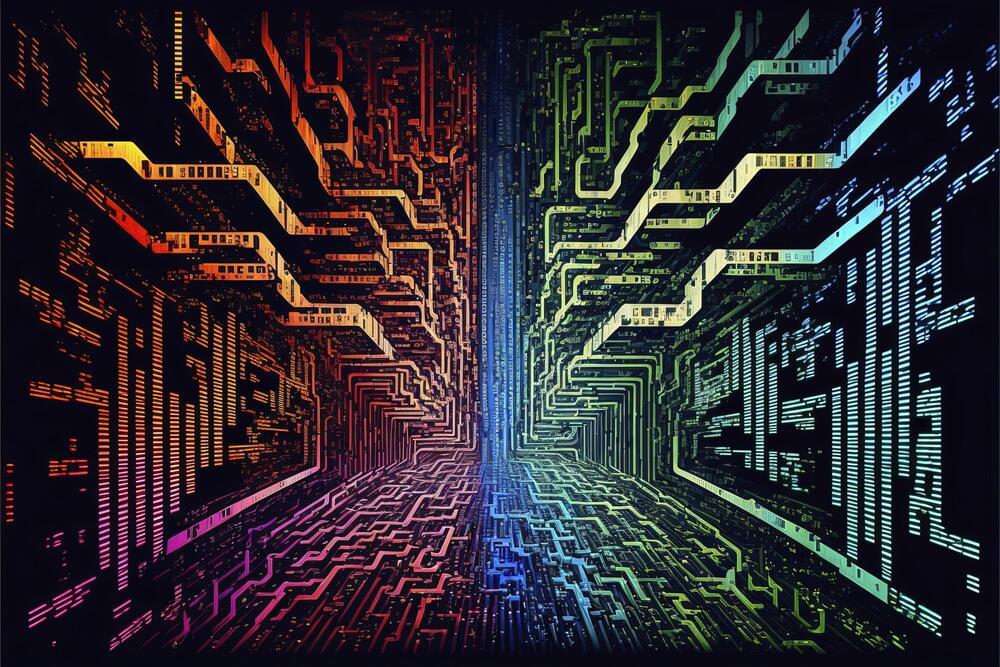Researchers at Universidad Autónoma de Madrid have recently created an innovative, AI-powered platform that could enhance remote learning, allowing educators to securely monitor students and verify that they are attending compulsory online classes or exams.
An initial prototype of this platform, called Demo-edBB, is set to be presented at the AAAI-23 Conference on Artificial Intelligence in February 2022, in Washington, and a version of the paper is available on the arXiv preprint server.
“Our investigation group, the BiDA-Lab at Universidad Autónoma de Madrid, has substantial experience with biometric signals and systems, behavior analysis and AI applications, with over 300 hundred published papers in last two decades,” Roberto Daza Garcia, one of the researchers who carried out the study, told TechXplore.
